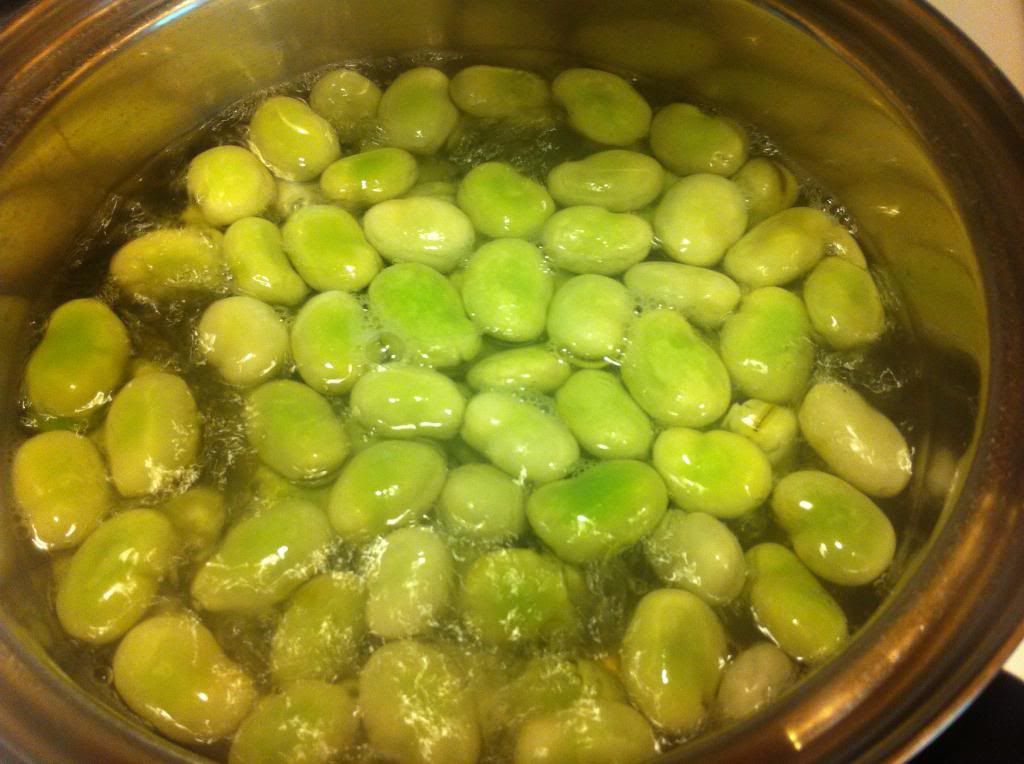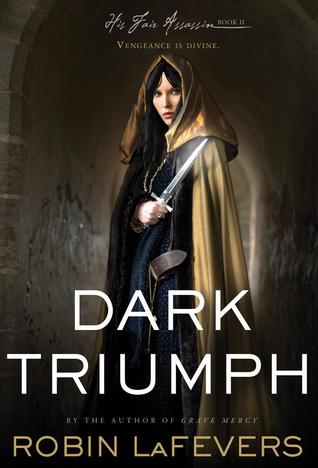Alyssa and I were laughing the other week about how we get a lot of hits from people looking for fan-fiction, and how disappointed those people must be when they find out that we write reviews and recipes and lists. Until Alyssa privately sent me a
Selection spoof of a crown prince getting a harem of wives rather than doing a Bachelor-style elimination to get a queen, I'm not sure either of us had ever tried our hand at the art of fanfic writing.
Of course this doesn't mean we don't have a great respect for the creative outpourings of fan communities. We think we've done some fandom worthy things before (i.e. recipes), but today we're ushering in Fandom Friday, a not entirely regular feature for us to post recipes/playlists/Forever 21 shopping carts/etc. inspired by books we love, as well as any random fanfic we ever feel compelled to write. Putting all these posts now on Fridays is not only alliterative but a fun way for us to kick off our weekends. Hopefully it will be fun for you too— Happy Friday!
I'm not sure we ever seriously planned for the fanfic part of Fandom Friday to come to pass, but I was working on a post about the final half of Sanditon (see summary of the first half here), and in the middle of puzzling out some of the choices the creators of Welcome to Sanditon have made, I found myself wishing they had found ways to stay truer to the Austen source.
The first quibble I had was that GiGi Darcy is not adding enough bias or snark to the Sanditon updates she sends her brother. (Gigi has been raised too well to be critical, it seems.) This means that the characters' ridiculous traits have to come through our seeing them, rather than through a filter, and that is not as much fun as reading Austen's thoughts on the same characters.
So I started to write a few sentences of a GiGi update to see if she could be more indiscrete in the way she described her Beta Test project. And then I decided I missed Tom Parker's "invalid" sisters, especially Diana, who makes things happen for Sanditon while Tom dreams. So I added Diana into the paragraph. Next I wanted Lady Denham to be more than a banker, and for Edward Denham to work for her (which is much more inline with the inheritance subplot of the novel fragment). And before I knew it, I had a full-length alternate video message script for an episode.
Laugh, either at me for taking a break from what was turning into an essay (with citations!) to write a fanfic, or because you can picture this with the webseries cast.

Hi William, I’m checking in, and I wanted to let you know that things are weird here in Sanditon. The Mayor was really excited to use the Domino Beta to help usher in the New Sanditon modern health town he’s been helping develop, but I haven’t gotten a hold on him recently. All I got yesterday was his wife Mary, who said she was picking up his briefcase on the way to pick him up at the hospital in the next town. Apparently his sister Diana gets a lot of headaches and has a lot of tests scheduled? But seriously, what sort of mayor LEAVES BEHIND HIS CELL PHONE in the middle of a work day?
The next time I tried calling him (today), it went straight to voicemail. According to his FourSquare, Twitter and Facebook pages, he was at the new Denham Sports Complex and then having a dinner meeting with Ms. Harry Denham to discuss converting Denham Industrial Park into facilities for sports medicine. But he was home by six anyway. SIX! (I know, I know, I should stop stalking people like this. Pot calling the kettle black, dontcha think, Mr. I-Knew-My-Girlfriend-Liked-Me-Because-She-Basically-Said-It-On-Youtube?)
He’s ignored my last four messages, each sent on a different platform. I can’t figure out why—I was offering to set up a Domino extension to promote the Grand Opening of the Denham Sports Complex. I just hope the message I CC’d to Ms. Denham makes it happen. I know you’re not sure Domino is ready for this big a trial, but I spoke to the developers and we think there’s much less to lose than there is potential to gain. We’re not gambling with the success of Domino, so don’t worry.
Incoming Call from Ed Denham

GG: Denham! This could be it. Domino, answer call!
ED: Ms. Darcy? Ed Denham, calling. I’m the director of the PR division of Denham Industries. I’m looking at your email from earlier this evening, and I think it sounds like a great idea to integrate the Domino app with a syndicated and multiplatform approach to broaden the reach of our ad campaign for the Sports Complex.
GG: Wow. Thanks for calling back so soon. I’ve been trying to get a hold of Tom Parker for the last two days to ask him about this, but I haven’t had any luck.
ED: Well, I am always ready to jump on these opportunities. I’d like to have a breakfast meeting tomorrow so we can hit the ground running on our plans. I’ll send you a link to the reservation? How is 9 for you?
GG: Oh, yes, that should work . . .
ED: Perfect. I am so excited to talk to you about this project, and to bounce some ideas for utilizing Domino in our digital strategy development, and maybe for partnering into a hyper-local communications network for the health arms of Denham Industries.
GG: I’m not entirely sure I know what you mean, but yeah! I’d love to talk more about how we can get Domino to work in businesses in the community.
ED: This is going to be my best morning of work ever. A beautiful breakfast companion, and fresh ideas for Denham. Can I just ask you one favor?
GG: Sure?
ED: If Clara Breton calls from Denham Industries, can you tell her I’m the point person for Pemberley Digital?
GG: Umm, shouldn’t you be able to tell your coworker that yourself?
ED: Clara is from a slightly different branch of the company, so we don’t run into each other much. And she’s never been sure that my digital strategies are inline with trends that she’s reading, and she tries to undermine them in meetings.
GG: Maybe I should invite her along for breakfast if she calls? Just so she can see that using Domino really does make sense.
ED, brightening: Oh! Well, okay, I guess that could work too. Thanks Ms. Darcy.
GG: Just call me GiGi.
ED: Call me anytime. Haha, sorry. Lame, I know. See you tomorrow morning, GiGi.
GG: See you then! Domino, end call.
So as you can see, William, the trial is going even better than we expected, and we may get a permanent client out of it. If Denham Industries owns half of Sanditon like it sounds, this may be a big account.
I’m just not sure about Ed. How many buzzwords can the guy fit into one sentence? I think I should invite Clara Breton to our meeting even if she doesn’t call in the next few minutes; I get the feeling that she could have more sense than Ed, and I don’t want the Domino information getting misunderstood at a meeting with Ed’s boss. (P.S., how weirdly flirty was he in the middle of a business call?) I’ll let you know how it goes!

























 It turns out that Beast is totally absent from the book 53% of the pages, and is merely present (but not furthering the romantic plot) another 28% of the pages. That means that all the romance of this romance plot is confined to 19% of the pages of the novel.
It turns out that Beast is totally absent from the book 53% of the pages, and is merely present (but not furthering the romantic plot) another 28% of the pages. That means that all the romance of this romance plot is confined to 19% of the pages of the novel.
























